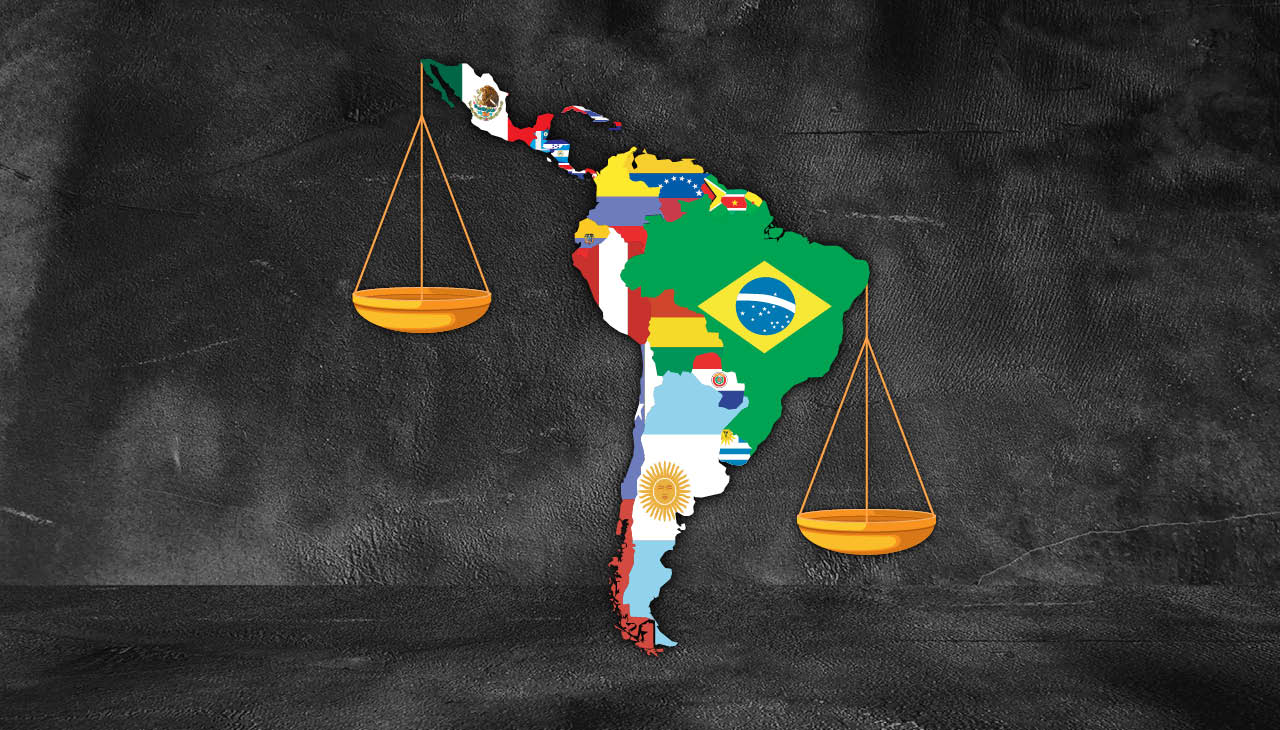
2022 and its challenges for Latin America
In great part, progress in social issues go hand in hand with those who hold political power. Coming elections are key for Brazil and Colombia.
The twist in the political map of Latin America is only a glimpse of what may occur in 2022. The crisis in the economic model; which is represented by an acute inequality, a high level of unemployment, a great level of informal work and a decrease in food safety, may well be what drives the future events in the year ahead.
The disposition of the newly elected in 2021 sheds some light on the character of those who will soon face the challenge to change the living conditions of its citizens.
In Honduras Xiomara Castro won the elections in a country ravaged by corruption, by accusations to the members of the governing National Party of having connections with narcotraffic, by common crime and by mass migration to the United States due to the lack of opportunities to get ahead. Castro is the first female president, who also brings a socialist proposal. The average Honduran hopes for a decrease in inequality in all areas. It will all be about confronting the inner right and the right in the rest of the continent.
Chile is in the same tenor with the victory of Gabriel Boric with greater influence on leftist and progressive sectors in the region. With this, Chile breaks with the traces left by Pinochet’s dictatorship. We cannot forget about the victory of Pedro Castillo, in Peru, who has had to resist the opposition by the Congress and sectors that have stayed in power in this country.
In 2022, all eyes are on the elections in Colombia and Brazil, which have had terrible results, at least in social matters with two right-wing administrations that reached the worst acceptance levels in years. The horrific performance of Iván Duque and Raúl Bolsonaro are the best argument used by the candidates aspiring for the Presidency.
RELATED CONTENT
In Colombia, Gustavo Petro, leading a center-left coalition, would break a tradition of administrations inherited from sectors that have directed the destinies of Colombians. At the center of his government program are actions to tackle the causes of climate change, the implementation of the Peace Agreement with the former guerilla FARC –which would benefit the rural sector– and the adjustment of the economic model to prioritize national production. Before the first presidential round, in May, Colombians will go to the voting booths in March to elect congressmen, a key election to guarantee governability of the winner.
Brazil, the South American giant, will hold general elections in October. The favorite candidate is ex-president Luiz Inácio Lula Da Silva, who drastically changed the living conditions of a great part of Brazilians.
It remains to be seen if a rival appears in the next months prior to elections. The same goes for Colombia amid favoritism for Petro.
Should Petro and Lula be elected, a new Alliance of progressive or left governments would be formed, just like it happened in Hugo Chávez’s era, tilting the scale in the continent, with an extra-challenge of not adding to the frustration in the region. Another factor to this equation: the way relationships are established with the United States.










LEAVE A COMMENT: